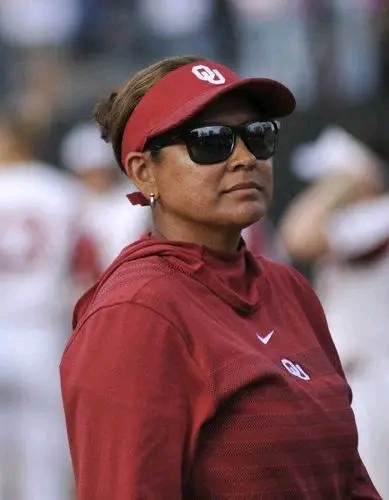
Ohio State University has announced a landmark decision that will see athletes in four of its major sports programs—football, men’s basketball, women’s basketball, and women’s volleyball—begin receiving direct compensation from the university starting July 1. The move marks one of the most significant shifts in the history of college athletics, signaling a new era where traditional boundaries between amateurism and professionalism continue to blur.
The initiative, backed by the athletic department and university leadership, reflects the evolving legal, cultural, and financial landscape surrounding college sports. With the NCAA facing ongoing legal challenges and public sentiment increasingly favoring athlete compensation, Ohio State’s decision puts the university at the forefront of a national movement.
According to university officials, the direct payments will be part of a broader “enhanced benefits” structure aimed at recognizing the value student-athletes bring to the university. While Name, Image, and Likeness (NIL) opportunities have existed since 2021, this new policy differs by involving the school itself in distributing compensation, rather than relying solely on external endorsements or third-party collectives.
“This is a recognition of the modern realities of college athletics,” said Ohio State athletic director Gene Smith. “Our student-athletes are the lifeblood of our athletic tradition and institutional brand. It’s time we ensure that their contributions are fairly acknowledged and supported.”
Under the new system, compensation amounts will vary by sport, performance, and tenure within the program. However, all athletes in the four designated programs will receive a baseline stipend in addition to their existing scholarships, NIL earnings, and cost-of-attendance payments. Additional income may be tied to participation, academic performance, leadership roles, and community involvement.
The university’s legal team and compliance officers have spent months preparing the policy to align with Title IX guidelines and remain within the boundaries of ongoing legal rulings, including those stemming from the NCAA’s Alston case and other related litigation.
While Ohio State is not the first institution to explore or announce direct payment to athletes, it is one of the highest-profile universities to formally implement it. The move is expected to influence peer institutions in the Big Ten and across the country, potentially accelerating a broader transformation in how college athletes are compensated.
“This isn’t just a competitive advantage—it’s a moral one,” said Dr. Kristina Johnson, Ohio State’s former president, who had previously supported measures to expand athlete rights. “These young men and women put in immense work, generate massive revenue, and represent Ohio State with pride. This step brings us closer to a fair and just model.”
Reactions from the athlete community have been overwhelmingly positive. Members of Ohio State’s football team and basketball programs have expressed appreciation for the policy, citing the financial relief it provides and the validation it offers for their efforts.
“Knowing the university has our back like this means a lot,” said one Buckeye football player. “We give our all, and this helps us take care of our families and plan for our futures while still being students.”
Critics, however, warn of a slippery slope. Some argue that expanding payments could complicate recruitment, strain athletic department budgets, and disrupt the competitive balance of college sports. Others question whether such policies will eventually lead to collective bargaining, revenue sharing, or fully professionalized college leagues.
Ohio State, meanwhile, has signaled that this is only the beginning. Officials hinted that other sports could be added in the future and that the school will continue evaluating how best to support its athletes in the face of rapid changes in college sports governance and financial structures.
As July 1 approaches, all eyes will be on Columbus to see how the implementation unfolds, how it impacts recruiting, and whether other programs will follow suit. One thing is clear: Ohio State’s bold step has cemented its role not only as a powerhouse on the field, but also as a trailblazer in reshaping the future of college athletics.




